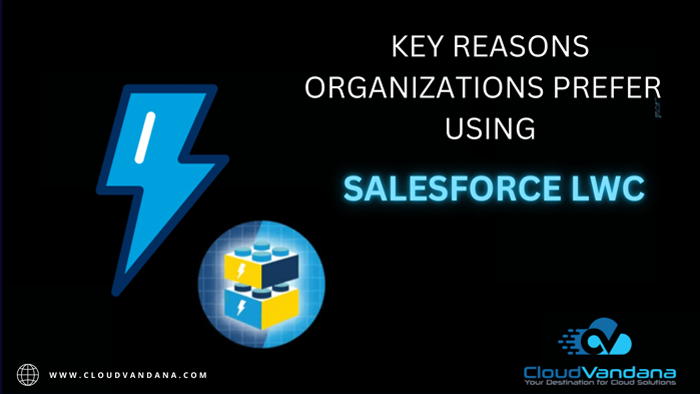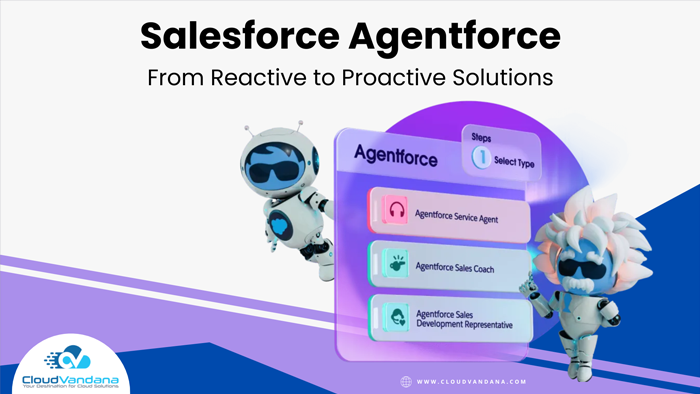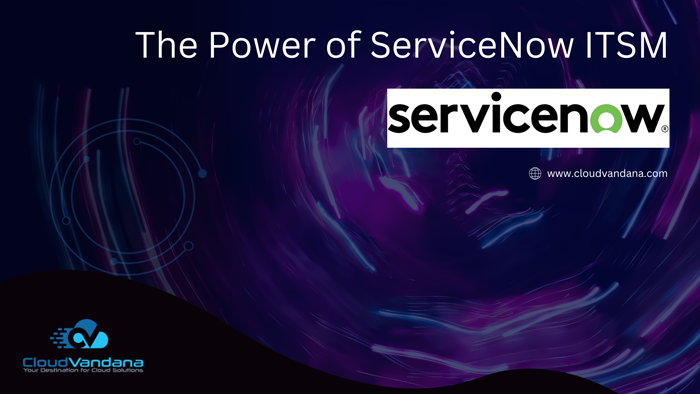Salesforce LWC or Salesforce Lightning Web Component is a new programming model developed by the world’s #1 customer relationship management solution Salesforce. It is used to develop robust and responsive single-page UI-based applications for mobile and desktop. This new model co-exists with the Aura Components model and delivers unparalleled performance.
In this blog, CloudVandana will discuss five key reasons behind the popularity of LWC or Lightning Web Components.
The focus of this leading CRM is double the current revenue of organizations worldwide. People love this platform as it can be tailored to the requirements of businesses. In LWC, the required technical skillset is less framework-specific, so this CRM solution is opting for more developers to join the community. This programming model was introduced in December 2018 for building LWC. Developers can now create reusable components using the latest JavaScript innovations and web standards. Let’s dive into the details-
Benefits Of Salesforce LWC
1. High Demand For Talent
Finding the right talent is one of the major challenges for the tech industry. More developer talent would potentially reduce the pressure on some of the clients and partners who need more developers to support their requirements. LWC empowers developers to build web applications using standards-based tools with which they are comfortable. So, no-code and low-code development can be done seamlessly, which embraces the diversity of developer personas in the world.
2. Less Framework Support
Previously, web developers had to learn the Aura framework before they could build Lightning components. When the platform launched the Lightning framework in 2014, it searched for the right programming model. But due to lack of availability, they released their own programming model, Aura, to support the framework. But the Aura framework came with its challenges. So, LWC was introduced, focusing more on web standards and less on the framework.
3. Aura & LWC Can Co-Exist
With the introduction of LWC, Salesforce now has two programming models for building Lightning components. Aura and LWC components can be combined on a page and share the same data. Aura and LWC can both communicate with each other and their child components through events. Aura uses Application and Component events to communicate with child components or other Aura components. LWC uses Custom Events to communicate with Aura components.

4. Better Security
Lightning Locker service is a security architecture for Lightning components introduced in 2016. This service enables security by wrapping each lightning component in its own container allowing developers to control access to APIs and framework internals. Locker service is enabled by default for all custom Lightning web components. Locker service aids developers in securing their Lightning we components by enabling JavaScript security best practices.
5. No More Developer Console
Salesforce is promoting repository-based development that lets developers build components in their local drive and then push their code to the repository, scratch Org, or a Salesforce Org.
By leveraging the latest web standards, such as JavaScript and CSS, Salesforce is providing specialized services for enhanced productivity and performance. With the introduction of LWC, Salesforce is making it easier for clients and partners to ramp up developers for their projects, helping them to provide better service and create a bigger path to achieving their goals.
Are you looking for expert LWC resources to enhance your organization? CloudVandana, a reputed Salesforce partner, has introduced a new service, unlimited LWC, at a flat rate. Schedule a call now and share your requirements.










